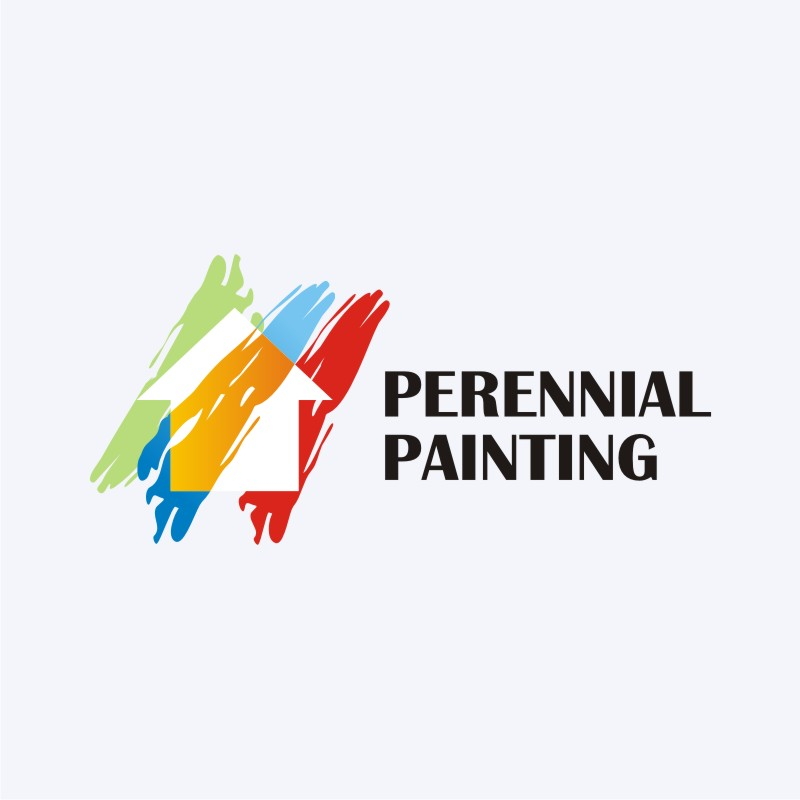Climate Considerations In Commercial Exterior Painting: Important Info To Bear In Mind
Climate Considerations In Commercial Exterior Painting: Important Info To Bear In Mind
Blog Article
Write-Up By-Fabricius Monaghan
When you're planning a business exterior paint task, do not ignore the influence of weather condition on your results. You need to think about elements like temperature, humidity, and rainfall, as they can make or damage your paint task. For instance, did you know that ideal conditions ask for specific temperature ranges and humidity levels? Falling short to check these aspects can cause unequal surfaces or even damage to fresh paint. Recognizing these aspects is vital to achieving a resilient, professional outcome. So, what certain weather should you watch out for?
Temperature level Considerations
When it comes to commercial external paint, temperature level plays a crucial function in the outcome of your job. If you're repainting in extreme warm, the paint can dry out also promptly, causing concerns like poor bond and uneven surfaces. You want to aim for temperatures between 50 ° F and 85 ° F for the very best outcomes. Listed below 50 ° F, paint may not treat properly, while over 85 ° F, you take the chance of blistering and breaking.
Timing your job with the right temperature levels is important. Start your job early in the morning or later on in the mid-day when it's cooler, specifically throughout warm months.
Additionally, think about commercial wall paint can be dramatically greater than the air temperature, especially on warm days. Use a surface thermometer to inspect this before you start.
If temperature levels are uncertain, keep an eye on the weather prediction. Abrupt temperature level drops or warm front can hinder your strategies. You don't want to begin painting only to have the problems change mid-project.
Moisture Degrees
Moisture degrees significantly affect the success of your industrial exterior painting job. When the moisture is too high, it can prevent paint drying and curing, bring about a variety of concerns like bad adhesion and finish quality.
If you're preparing a job throughout damp conditions, you might locate that the paint takes longer to dry, which can extend your task timeline and increase costs.
Alternatively, reduced humidity can also position obstacles. Paint may dry as well quickly, preventing appropriate application and leading to an uneven finish.
You'll want to keep track of the humidity degrees closely to guarantee you're functioning within the optimal range, usually between 40% and 70%.
To get the most effective results, consider utilizing a hygrometer to gauge moisture before starting your task.
If you discover the degrees are outside the ideal variety, you might require to adjust your timetable or pick paints developed for variable conditions.
Always seek advice from the producer's standards for particular referrals on humidity resistance.
Precipitation Impact
Rainfall or snow can significantly interrupt your industrial outside paint plans. When https://www.idealhome.co.uk/all-rooms-ideas/paint-ideas-234057 takes place, it can get rid of newly used paint or create an uneven surface. Preferably, you want to choose days with completely dry weather to ensure the paint sticks properly and treatments effectively. If you're caught in a shower, it's ideal to stop the job and wait for conditions to improve.
Moreover, snow can be much more detrimental. Not only does it create a wet surface, however it can additionally decrease temperatures, making it difficult for paint to completely dry. This can lead to problems like peeling off or blistering down the line.
It's important to examine the weather prediction prior to beginning your project. If rain or snow is forecasted, think about rescheduling.
Constantly bear in mind to permit sufficient drying out time between layers, particularly if the climate continues to be uncertain.
Conclusion
Finally, watching on the climate is necessary for an effective industrial exterior paint project. By monitoring temperature, moisture, and precipitation, you can make sure the most effective conditions for application and treating. Bear in mind to prepare your job around favorable climate and constantly adhere to manufacturer standards. With the appropriate approach, you'll attain a durable, lovely finish that can endure the elements. Don't allow the weather capture you off guard-- stay informed and paint smart!
